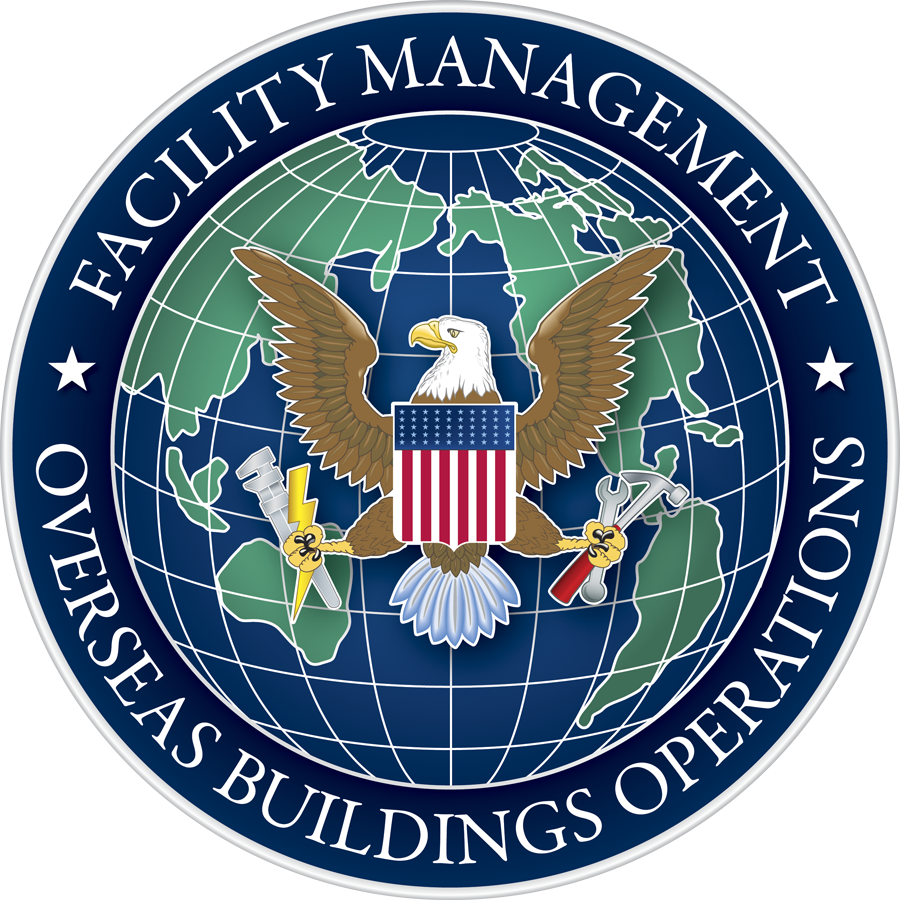Title Page
-
Conducted on
-
Prepared by
-
Utility Building Boiler Room 109
Post: Hague, the
Job Type: Preventive
Maintenance
-
Work Order Description:
Utility Building
B-1 (NAT GAS)
-
Manufacturer: Riello
-
Serial No: 02395005252
-
Model No: RLS100/E
PROGRAM
-
Location / Remarks
UTIL 1ST FL BOILER RM U109
-
/ Asset Type: BURNER/(Code BURN); CSI: 235216; CRIT: 6;
LOOP: SITE HVAC (BOILER)
-
Estimated Time (hours):
Preventive Maintenance Checklist:
-
BOCOND31WK
-
Code:
-
Description:
-
Asset Type:
-
Frequency: WK
BURNER, BOILER (DUAL FUEL – REILLO)
-
BOILER-CONDENSING
-
(T)ools, (S)afety Equipment and (M)aterials
-
None required
Safety Guidelines
-
Schedule work with operating personnel
-
Check with operating personnel for deficiencies
-
Follow site safety rules and your supervisor's instructions
-
Obtain and review manufacturer's instructions
-
Report any problems you find
-
Record the results in the equipment history log
Maintenance Procedures
-
Visually inspect the igniter. Check the flame signal strength
-
Clean the flame inspection window
-
Verify that there are no gas or fuel leakages
-
Work Accomplished:
Page 3 of 6
-
Material Used: (Use Other side as needed)
Part #
-
Description
-
Quantity Used
-
Unit Cost (USD)
-
Total Cost (USD)
-
Work Completed Date Work Completed Time Customer's Signature:
Page 4 of 6
Fulton Boiler Model: VTG-2000 DF
-
undefined
Serial Number: AP219868
-
undefined
Boiler Fulton:
-
Procedure for check boiler operation:
-
Complete an overall visual inspection to be sure all equipment is operating and that safety systems are in place.
-
Observe the conditions of the main flame. A normal high fire flame shows an orange screen with a blue halo. In low fire the burner should display a reddish orange glow.
-
verify that there is no leakage from the relief valves.
-
Inspect the system for water leaks or damaged insulation.
-
Check all linkages for proper setting and tightness.
-
Inspect the boiler for air leaks. Check the damper seals.
-
Check for correct air adjustment. Analyze the flue gas consumption if necessary.
-
Confirm that the boiler area is free of combustible materials and that there is nothing obstructing air openings.















